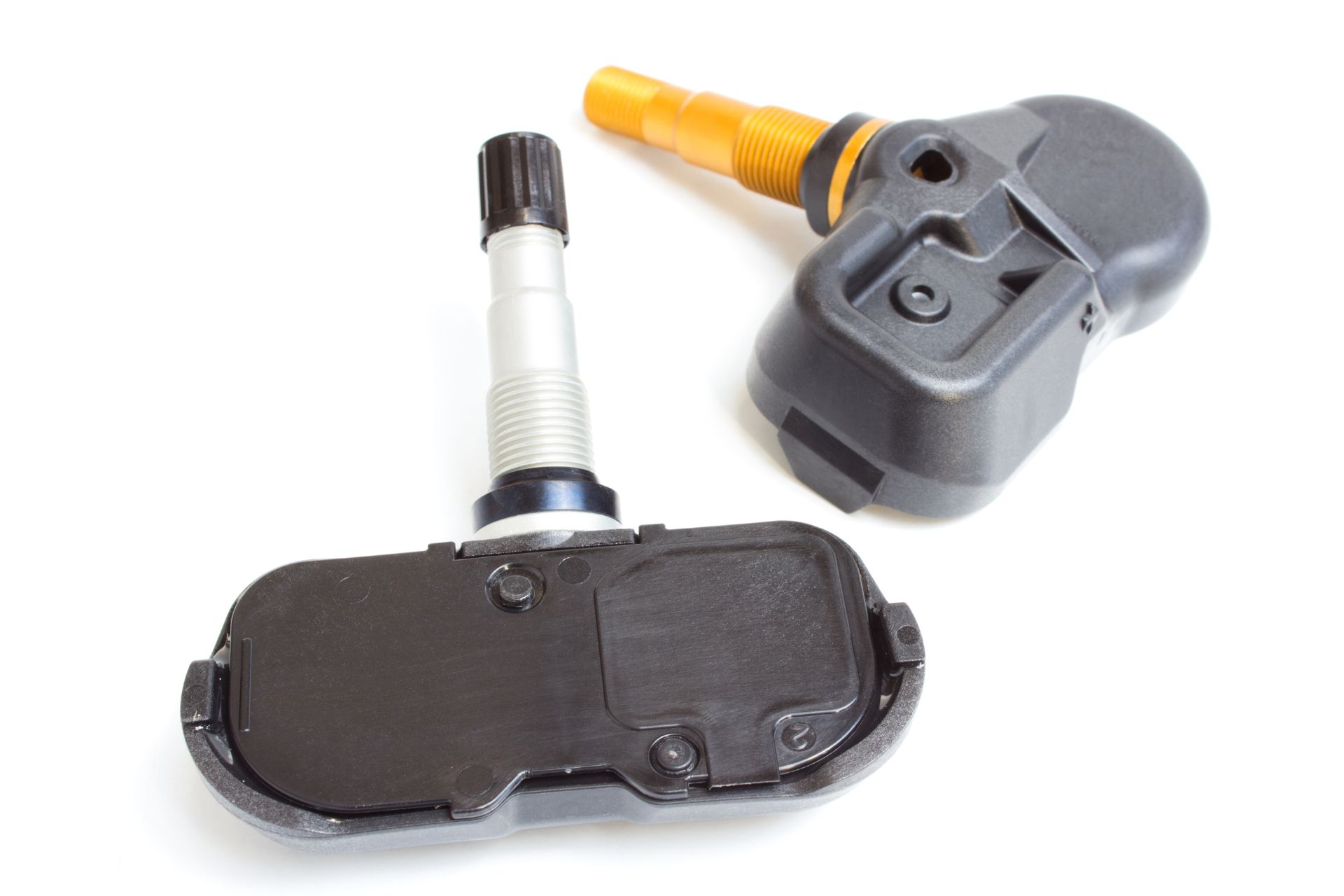The Tire Pressure Monitoring System, or TPMS, is a vital safety feature in modern vehicles. Though many drivers are familiar with the dashboard warning light that looks like a horseshoe with an exclamation point, few understand how the system actually works. In this article, we’ll break down what TPMS is, how it functions, the different types available, and why it plays such an important role in maintaining your vehicle’s performance and safety.
What Is TPMS?
TPMS stands for Tire Pressure Monitoring System. Its primary job is to alert drivers when one or more tires are significantly underinflated. This warning is crucial because improper inflation can reduce fuel efficiency, lead to uneven tire wear, and create hazardous driving conditions.
The system is now mandatory in most new vehicles sold in North America. In fact, following the TREAD Act (Transportation Recall Enhancement, Accountability, and Documentation), all new cars sold in the United States since 2008 have been required to include TPMS. Canada followed suit, and most vehicles on the road today are equipped with some form of this technology.
How TPMS Works
TPMS uses sensors to track the air level in your tires. When the pressure drops below a certain threshold, typically 25% below the manufacturer’s recommended level, the system activates a warning light on the dashboard. The goal is to prompt the driver to check and adjust the inflation before any serious issues arise.
Depending on the type of TPMS installed, the system may also display the exact pressure in each tire on your vehicle’s infotainment screen, allowing for more precise monitoring and quicker correction.
Types of TPMS
There are two main types of Tire Pressure Monitoring Systems: direct and indirect. Each uses a different method to monitor the inflation levels and comes with its own advantages and limitations.
Direct TPMS
This version uses individual pressure sensors mounted inside each tire, usually on the valve stem or within the wheel assembly. These sensors directly measure the internal air level and send real-time data to the vehicle’s computer.
Direct systems are highly accurate and can detect even slight drops in pressure. They typically show the exact PSI (pounds per square inch) for each tire on the dashboard. However, the sensors require batteries and may need to be replaced every 5 to 10 years. They’re also more expensive to repair or replace if damaged.
Indirect TPMS
Rather than using physical sensors, indirect systems work by analyzing data from the vehicle’s ABS (anti-lock braking system) wheel speed sensors. When a tire has less air, it becomes smaller in diameter and rotates faster than a fully inflated tire. The system detects this irregular rotation and triggers a warning.
Indirect TPMS is generally less costly and requires less maintenance, but it’s also less precise. It may not show the actual PSI levels and can be thrown off by uneven tire wear or tire rotations, sometimes requiring recalibration.
Benefits of TPMS
TPMS plays a major role in improving road safety and vehicle efficiency. Here are some of the key benefits:
- Early Detection of Problems: The system gives you an early warning if a tire starts losing air, allowing you to take action before it becomes a serious issue.
- Improved Fuel Economy: Proper inflation reduces rolling resistance, improving fuel efficiency and saving you money at the pump.
- Longer Tire Life: By alerting you to low levels, TPMS helps prevent uneven wear, which can extend the life of your tires.
- Better Handling and Braking: Fully inflated tires perform better in terms of traction and response, especially during emergency braking or sharp turns.
- Environmental Impact: Maintaining optimal inflation helps reduce carbon emissions by improving fuel usage and reducing the number of tires that end up in landfills prematurely.
Common Causes of Inflation Loss
Even with a working TPMS, understanding why air levels drop can help you stay ahead of problems. Here are some typical causes:
- Temperature Changes: Colder weather causes air to contract, lowering the pressure. Conversely, heat can increase it temporarily.
- Punctures or Leaks: Nails, sharp debris, or even worn valve stems can cause slow leaks.
- Aging Tires: Over time, rubber naturally allows some air to seep out, even without visible damage.
- Poor Seal Between Tire and Rim: Corrosion or damage on the wheel can compromise the seal, especially after hitting a pothole or curb.
Checking your inflation regularly, especially during seasonal changes or long trips, is a good habit, even if your TPMS hasn’t triggered a warning yet.
What to Do When the TPMS Light Comes On
If the warning light comes on while you’re driving, the first step is to remain calm and find a safe place to pull over. Once stopped, inspect all four tires for visible signs of deflation or damage. If none are obvious, use a gauge to check the PSI and compare it to the manufacturer’s recommendation (usually found on a sticker inside the driver’s side door).
If one or more tires are underinflated, refill them as soon as possible. Some systems may require you to reset the TPMS manually, while others will reset automatically once the proper levels are restored.
If the light stays on even after adjusting, it could indicate a malfunction in the sensor or system, in which case a visit to a professional tire shop is recommended.
TPMS Maintenance and Sensor Lifespan
Like any other vehicle system, TPMS needs occasional maintenance. Sensors typically last between 5 and 10 years, depending on the quality and usage. Since they run on batteries, a failing sensor may stop transmitting data altogether.
Regular tire rotations, alignments, and installations can also impact the system’s accuracy. If your vehicle has indirect TPMS, it may require recalibration after such services. Be sure to let your technician know about your system type when having tire work done.
Also, during winter tire changes, be cautious. If your winter set doesn’t have sensors, your TPMS will remain inactive, and you’ll lose real-time monitoring until you switch back.
Myths About TPMS
A few misconceptions continue to circulate about this technology:
- Myth 1: If the TPMS light isn’t on, everything is fine.
Truth: The system alerts only when levels drop significantly, not when they’re slightly below optimal. - Myth 2: You can ignore the light for a few days.
Truth: Driving with underinflated tires for even a short time can cause uneven wear and poor fuel efficiency. - Myth 3: TPMS replaces the need for manual checks.
Truth: It’s a helpful tool, but not a substitute for regular inspection with a gauge.
Final Thoughts
TPMS is a sophisticated system that plays a key role in your vehicle’s overall safety and efficiency. It’s not just a warning light; it’s an essential component that helps you detect problems early, improve fuel economy, and ensure a smoother, safer ride. Knowing how it works, understanding the different types, and keeping up with routine maintenance can make a big difference in both your driving experience and long-term vehicle care.
For expert auto repair service, inflation checks, and all your tire needs, contact TrilliTires, proudly serving Richmond Hill, Markham, Vaughan, and the rest of the GTA.

